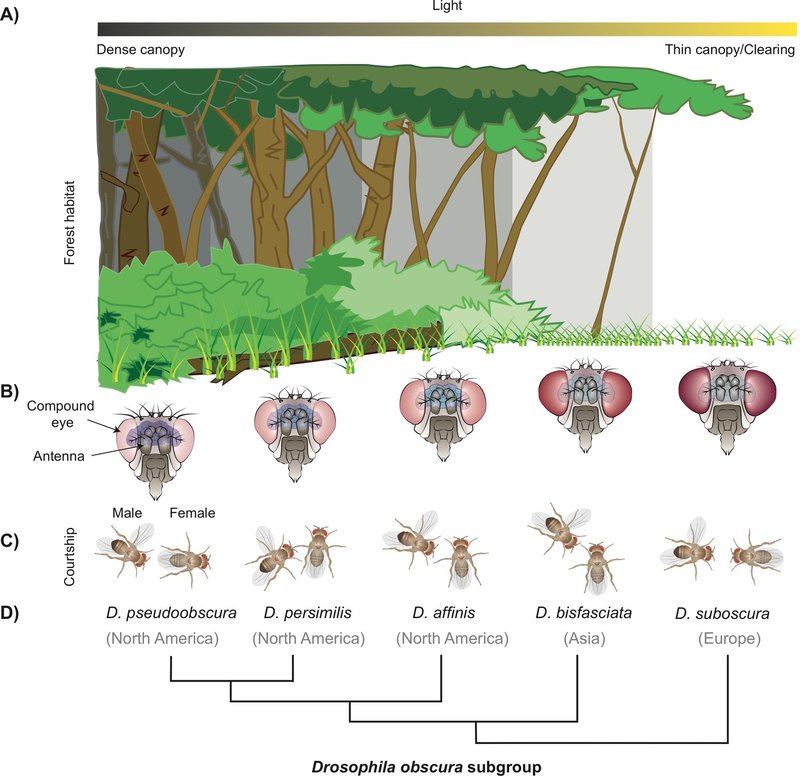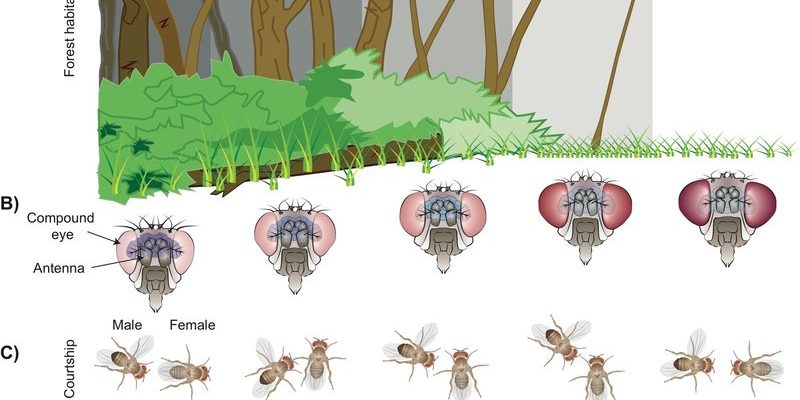
You might not realize it, but houseflies are not just pests; they’re survivors. They’ve been around since before dinosaurs roamed the Earth and have evolved through various challenges. Let’s dive into their story and discover how these small insects have shaped our lives—and how we’ve shaped theirs.
What Are Houseflies?
At its core, a housefly is a common species of fly known scientifically as *Musca domestica*. They thrive in human habitats and have a highly adaptable lifestyle. But what makes them so interesting is not just their ability to bother us—it’s their biology. Houseflies have a short lifespan, usually around 15 to 30 days, but during that time, they reproduce rapidly. A single female can lay up to 500 eggs in her lifetime, ensuring plenty of future generations.
You might be wondering what they eat. Houseflies are notorious for their scavenging habits. They have a preference for decaying organic matter, which includes food waste, animal feces, and other decomposing materials. This diet plays a critical role in the ecosystem by helping break down organic matter and recycle nutrients back into the soil.
The Early Beginnings: Evolutionary Roots
The evolutionary journey of houseflies is quite remarkable. They belong to a group of insects called Diptera, which means “two wings.” This group diverged from other insects around 250 million years ago. Houseflies, in their current form, began to emerge approximately 20 million years ago.
During this time, the Earth was undergoing significant changes, with the rise of mammals and the formation of modern ecosystems. Houseflies quickly adapted to these environments, finding a niche in areas with human activity. This adaptability is a key factor in their success, allowing them to thrive in diverse habitats worldwide.
You might think of them as little flying machines, equipped with amazing features. Their compound eyes can detect motion better than human eyes, which helps them evade swats. Plus, they can taste with their feet, allowing them to find food sources quickly.
The Role of Houseflies in Human History
As humans settled into agricultural lifestyles, houseflies adapted right alongside them. The advent of farming created an abundance of waste—both from crops and livestock—and houseflies saw this as an opportunity. They quickly became associated with human habitation, evolving into a common presence in homes and farms.
Historically, houseflies have been more than just an annoyance. They were often seen as symbols of filth and decay. Ancient civilizations recognized their presence and sometimes associated them with disease. For example, the Greeks and Romans noted how flies thrived in unsanitary conditions, linking them to outbreaks of illness.
Fast forward to the modern era, and houseflies are often viewed as pests that need to be controlled. Their association with hygiene and disease carries on, making them a target for pest control solutions. Yet, they also play a role in the ecosystem, aiding in the breakdown of organic materials.
Houseflies and Disease: A Complex Relationship
You might be asking, “What’s the real problem with houseflies?” The truth is, despite their ecological roles, they are notorious for spreading diseases. Houseflies can carry over 100 pathogens, including bacteria, viruses, and parasites, on their bodies and in their saliva. This can lead to foodborne illnesses when they land on our meals.
Understanding this relationship is critical. While flies are part of the natural process of decomposition, they can also be vectors for disease. This duality has prompted extensive research into how to manage their populations and reduce the health risks associated with them.
Pest control methods have evolved—from simple traps to more complex chemical solutions. However, with the increasing awareness of ecological balance, some people are exploring organic or natural ways to keep houseflies at bay, like using essential oils or maintaining cleanliness.
Modern Science and the Study of Houseflies
The study of houseflies extends beyond pest control; they’re also valuable in scientific research. Their rapid life cycle and genetic similarities to humans make them ideal subjects for studies in genetics, disease transmission, and environmental science.
For example, researchers often use houseflies to study the effects of pesticides and to understand the mechanisms of insect resistance. Their biology can also provide insights into human diseases, leading to potential medical advancements. In this sense, houseflies have become more than just a nuisance; they’re contributing to our understanding of health and disease.
One fascinating area of research is the use of houseflies in waste management. Some scientists are exploring how fly larvae can break down organic waste more efficiently than traditional composting methods. It’s just one of the ways these tiny creatures are proving to be important in the grand scheme of things.
The Future of Houseflies: Coexisting with Humans
As we move forward into an increasingly urbanized world, the relationship between houseflies and humans will continue to evolve. Urban environments create new challenges for both parties. With more people living in closer quarters, houseflies may find new opportunities for reproduction and feeding, but this also means more efforts will be needed to keep them in check.
You might be curious about sustainable solutions. The focus is on finding ways to minimize the impact of houseflies without harming the environment. This could involve better sanitation practices, waste management techniques, or even harnessing their potential for composting.
Ultimately, understanding houseflies gives us insight into our ecosystem. They may be small and often annoying, but they play critical roles in nature and our daily lives. Embracing this knowledge can lead to better coexistence with these uninvited guests.
So, the next time you see a housefly buzzing about, take a moment to consider its remarkable journey through history. From its ancient origins to its role in modern science, the housefly is much more than just an annoyance. It’s a resilient insect that has adapted to our ways and has lessons to teach us about survival, disease, and environmental balance.
In a world that often seeks to eradicate pests, let’s remember the housefly’s place in the ecosystem. We might not love their presence, but understanding them better can help us find more effective and sustainable ways to live alongside them. After all, they’ve been around for millions of years—maybe they know a thing or two about adaptability we could learn from!

